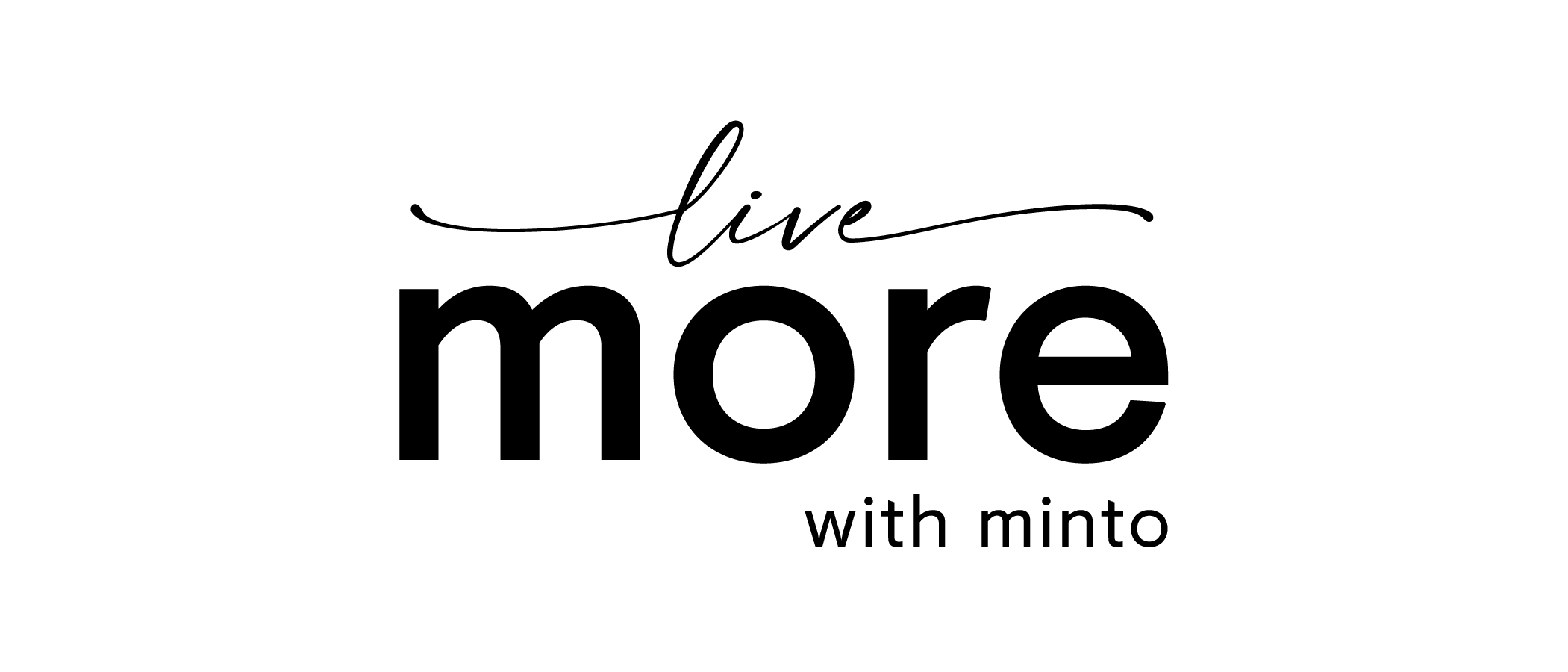
How Minto is working to reduce construction waste
According to a report by Light House Sustainability Society, construction and demolition (C&D) waste is one of the largest contributors of municipal solid waste in Canada. Statistics Canada estimates about 4 million tonnes of C&D waste was generated in 2010 alone.
Further, a study commissioned for Environment Canada, states that only 16% of CRD waste was reused or recycled (653,000 tonnes). The remaining 84% (3,353,000) was discarded, mainly in landfills.
This waste can lead to significant costs to governments, businesses, and the environment. As a responsible homebuilder, it’s our mission to ensure we’re doing everything we can to reduce our environmental impact.
Keep reading to learn how we’ve been working to improve our construction waste diversion over the last 15 years.
Reducing Our Environmental Impact: Measuring and Managing Waste
As construction activity continues at extraordinary rates in Ontario and other areas across the country, it’s increasingly important to measure and manage waste generated.
Minto’s Canadian homebuilding operations have been tracking construction waste diversion since 2009 and continue to target a minimum 80% diversion rate from landfills, despite challenges such as landfills reaching capacity, a shrinking market for low-quality recyclables, and increasing transportation and processing costs.
What is a diversion rate?
Diversion rates measure (usually by weight) the portion of waste not sent to the landfill. Tracking diversion rates over time is a great way to measure the effectiveness of reuse, recycling, and organic composting programs.

Source: REWorksSA
What is waste intensity?
Waste intensity refers to the amount of waste produced per unit of activity. It involves calculating a kilogram of waste per square meter of a constructed area. It is a more insightful yet not yet widely adopted metric.
Improving Construction Waste Diversion: Looking Back
In 2016, Minto Communities in Canada began taking a look at construction waste intensity and how it could be measured and tracked. The goal was to gain better insight into resource efficiency compared with construction waste diversion.
In 2019, construction waste intensity was tracked monthly. This approach was found to have its challenges, mainly due to complexities in calculating the area under construction in a given month in relation to the waste generated in that same timeframe.
While consolidated monthly tracking wasn’t optimal, the effort of close examination and analysis has led to the development of project-based benchmarking.
In 2020, we expanded our reporting to include construction waste outside of Ontario, with the inclusion of data from The Annex project in Calgary.
In 2023, we took major strides in our waste reduction efforts by completing two waste workshops; one held at our Beechwood site in Ottawa and the other at Richgrove in Toronto.
The objective of the workshops was to build awareness and engagement on construction waste and empower key members of our construction teams — from waste haulers to various trades — to overcome challenges and discover new ways to reduce material waste on site.
Key outcomes to address construction waste included:
- Standardizing design and materials
- Implementing more prefabrication/modular construction
- Improving communication between trades
- Allocating more resources and space to waste management
- Incorporating the use of more durable materials
- Providing incentives
In 2023, we also completed our first construction waste audit on a high-rise site in Toronto — 123 Portland. The objective was to provide on-site verified information and gain a more granular level of understanding of the waste being generated.
The audit took place over two separate days to gain insights into two different stages of construction. The first day was focused on rough fit-up including HVAC, plumbing, and structure, while the second day focused on suite finishing including drywall, tile, and partitions.
On-site staff were instructed to deposit all materials — from concrete to drywall to plastic — into the standard bin for 3-4 days leading up to the audit day. On the audit day, the third-party consultant team itemized all waste within the bins, weighed each category, and tallied up the results.
Key outcomes included:
- Increasing engagement of trades to better sort and reuse materials where possible
- Setting waste diversion/reduction targets by trade
- Reviewing design complexities that contribute to higher waste amounts
- Monitoring waste hauler performance
- Implementing source separation practices to promote clean material streams (where space is available)
Additionally, tours of the waste hauler facilities in Toronto (York1) and Ottawa (Tomlinson) were also conducted to learn more about the entire process
Improving Construction Waste Diversion: Looking Forward
As Minto Communities continues to work on this initiative, we hope to provide insight and leadership to the industry and work toward baseline performance data for industry-wide benchmarking. We also remain committed to building a culture of minimizing waste by working with designers, suppliers, tradespeople, and site staff to identify more opportunities for material efficiency and waste management.

